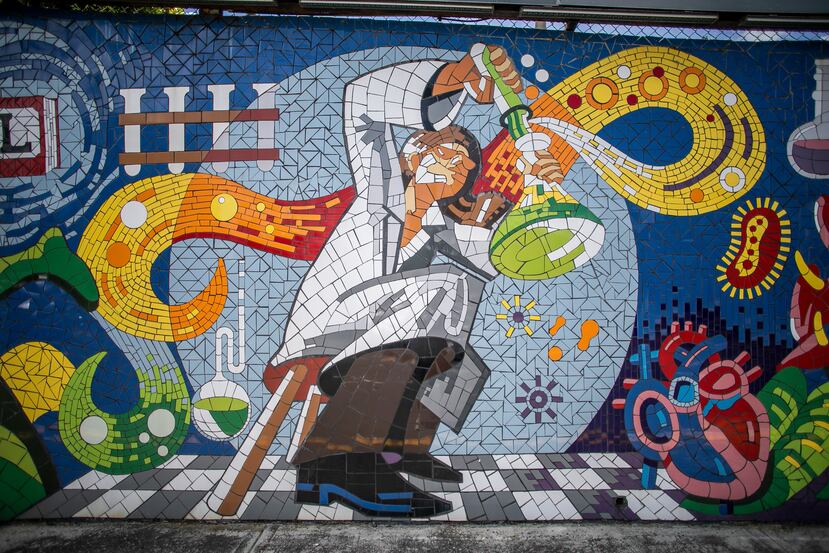
We are part of The Trust Project
The story behind the “Presencia e identidad” mosaic mural in Cidra
Nearly 11,000 tiles in 31 colors were cut for this work of art
Archival note
This content was published more than 1 year ago.
April 2, 2024 - 11:00 PM


Lee la historia en español aquí.
Las noticias explicadas de forma sencilla y directa para entender lo más importante del día.


Te invitamos a descargar cualquiera de estos navegadores para ver nuestras noticias: